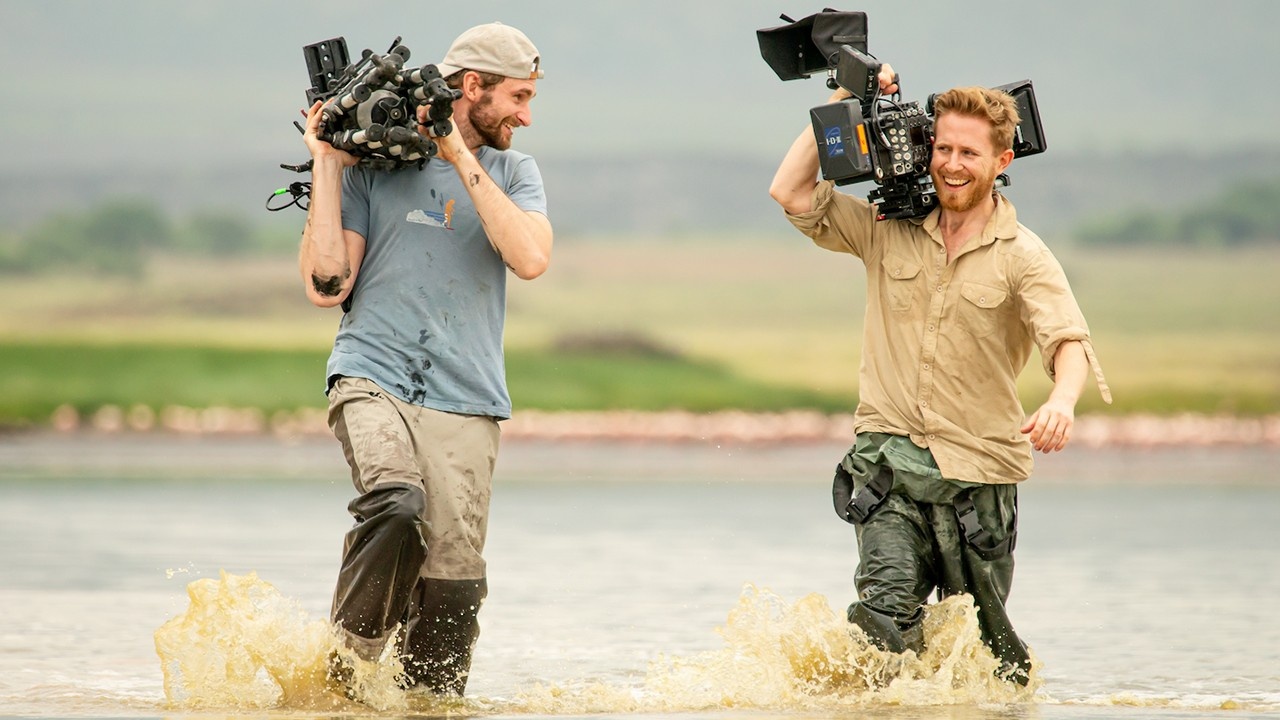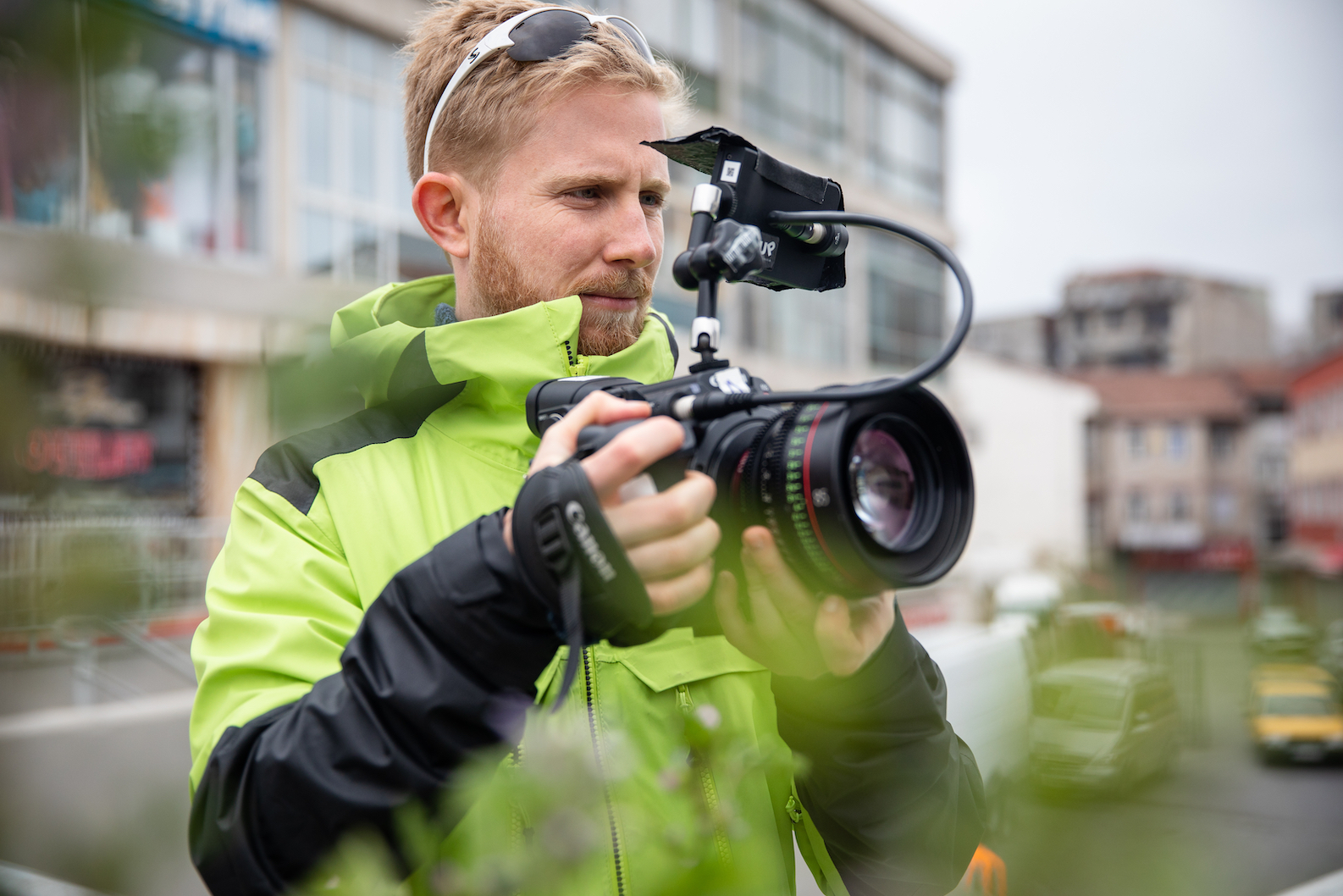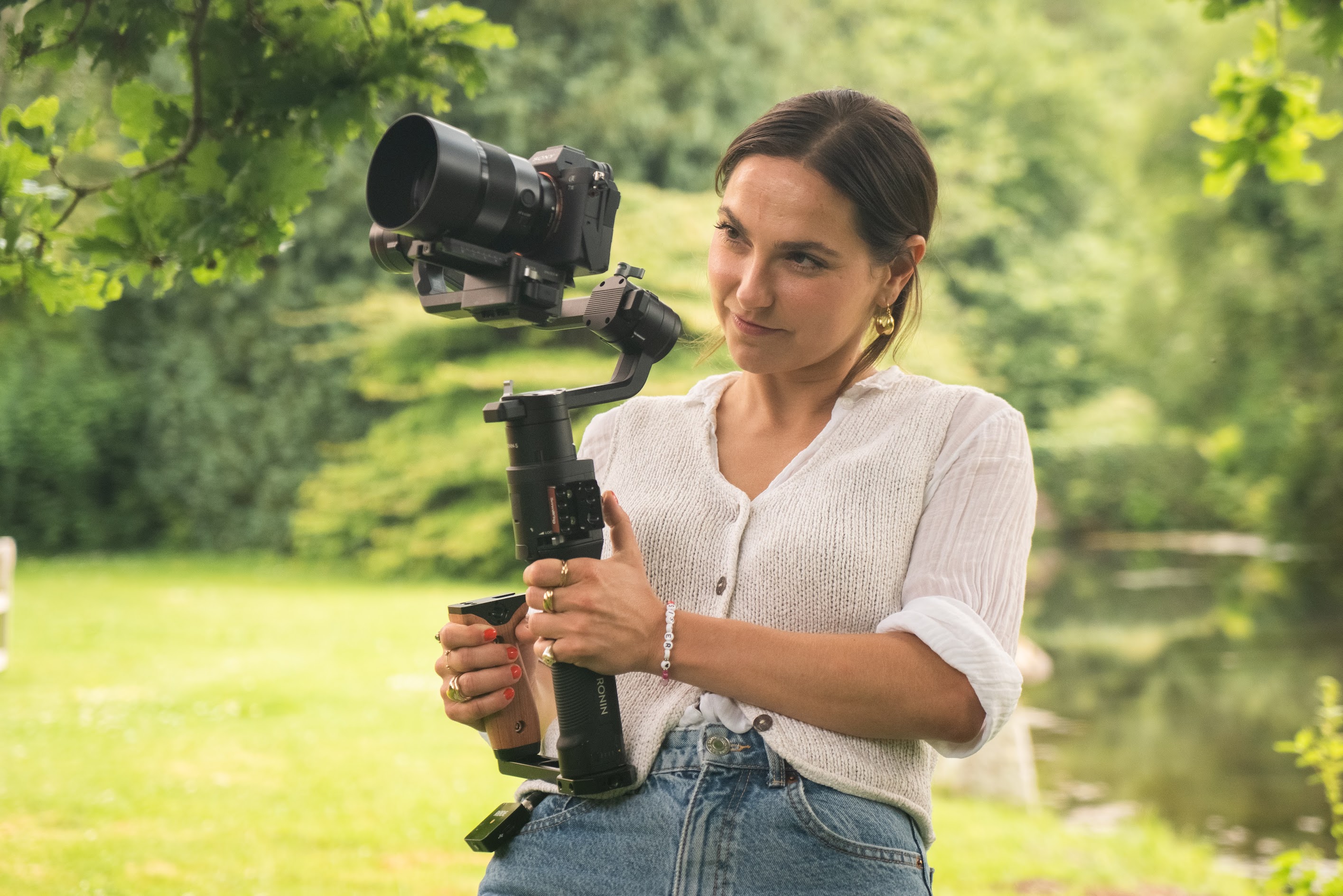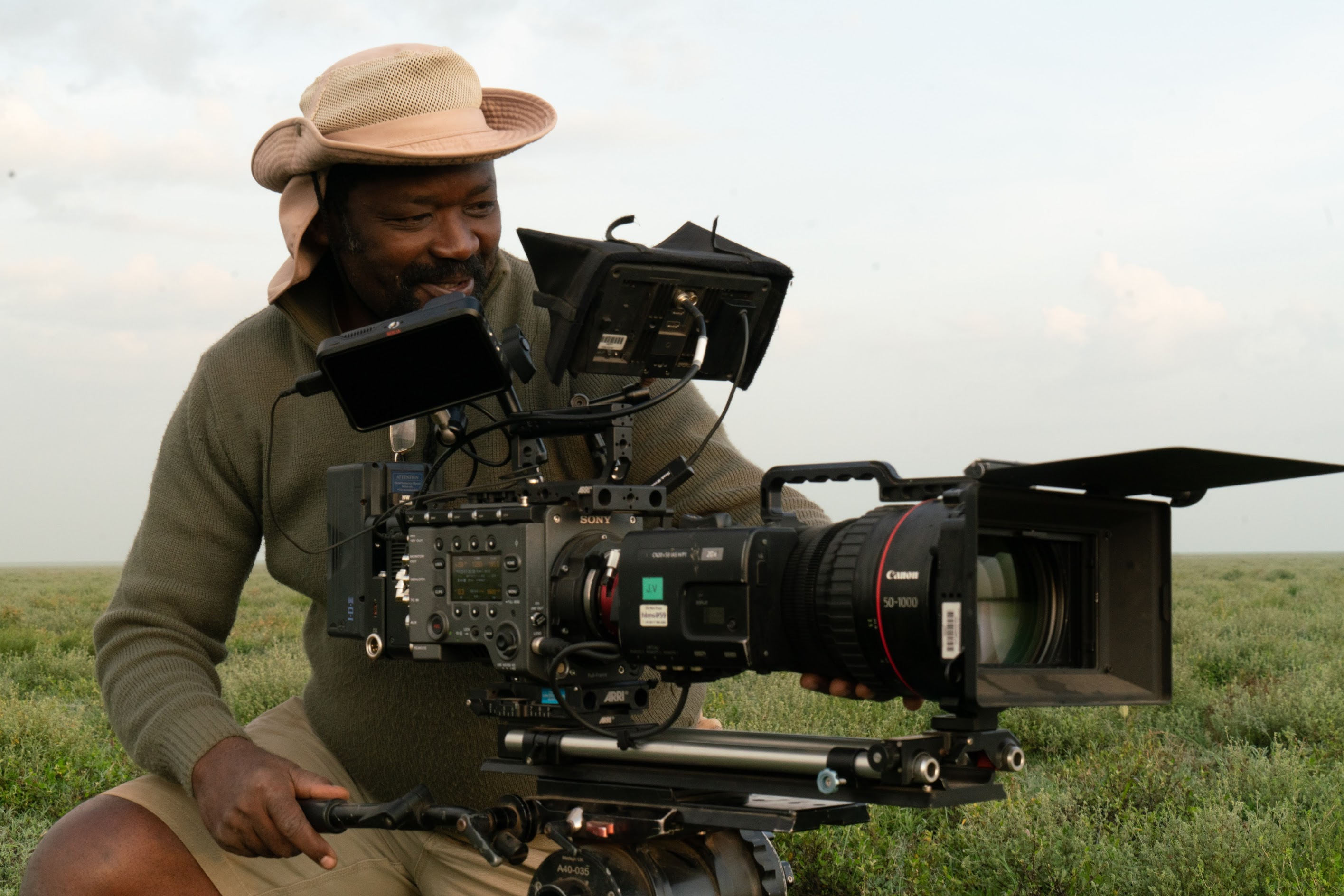4 Documentary Narration Styles Every Filmmaker Should Know

Documentary narration styles shape how your audience experiences your story. Whether it’s an emotional interview or a tightly scripted voiceover, narration is what guides tone, pacing, and connection.
In this blog, you’ll learn the difference between narration style and story structure, explore the four main narration types used in documentaries, and get tips on how to choose the best one for your film.
Narration Style vs Story Structure in Documentaries
It’s easy to confuse narration style with story structure. But they do very different jobs.
-
Story structure is what happens and when. It’s how events unfold, where the turning points are, and how the story builds from start to finish.
-
Narration style is how the story is told. It could be through interviews, a presenter, voiceover, or purely observational footage.
Want help with structure? Read 👉 Master the Art of Documentary Storytelling in Three Acts

The 4 Main Documentary Narration Styles
There are lots of academic ways to categorise documentaries, Bill Nichols’ modes are a common one. But for filmmakers actually planning a film, they’re often too abstract.
Here’s a more practical breakdown: the four core narration styles I use and teach. Most documentaries combine these, but knowing them helps you decide how to tell your story. I share a bit about them in this video:
Most films use a mix of these styles. Your choice depends on the story you’re telling, the access you have, and how you want the audience to connect with the material. I've written about them here and share the pros and cons of each:
1. Interview-Led Documentary
This is the most common approach. The story unfolds through interviews with your subjects, supported by b-roll, archive footage, or animation.
Pros:
-
You hear directly from the people involved
-
Emotion often comes through naturally
Cons:
-
Relies on good speakers
-
Less control over pacing and structure
Best for: Personal, character-led stories

2. Narrator-Led Documentary
A voiceover leads the story. The narration adds context, links scenes, and helps the audience understand what’s happening.
Pros:
-
Clear and controlled storytelling
-
Ideal for topics with lots of information
Cons:
-
Can feel over-explained
-
May distance the viewer emotionally
Best for: History, science, explainers
3. Presenter-Led Documentary
A presenter appears on screen and takes the viewer through the story. They might interview people, visit locations, or explain key ideas.
Pros:
-
Builds trust with the audience
-
Makes big stories easier to follow
Cons:
-
Presenter can become the focus
-
Requires strong on-camera skills
Best for: Travel, investigations, personal essays
4. Observational Documentary (Cinéma Vérité)
The camera captures real events as they happen, without narration or direct interviews. The audience draws their own conclusions.
Pros:
-
Feels authentic and immersive
-
Unfiltered view of real life
Cons:
-
Can be slow or directionless
-
Needs strong characters or natural drama
Best for: Raw, unscripted, character-driven films

How to Choose the Right Narration Style
There’s no perfect style, only what fits your story. Ask yourself:
-
Do I want to be invisible or present?
-
Is this about a person or an issue?
-
Do I need to explain something clearly?
-
Will the audience connect more through words or observation?
Choosing the right documentary narration style is about serving the material. Great storytelling isn’t about rules, it’s about what helps the audience care.
Case Study: The Rescue
The Rescue combines multiple narration styles:
-
Interviews give emotional depth
-
Archival footage builds tension
-
Observational scenes immerse you in key moments
It’s a strong example of how using a mix of styles can elevate your storytelling.
Try This: Storytelling Exercise
-
Film a 2-minute observational scene, no voiceover, no talking heads
-
Then, add a voiceover and cut a second version
-
Watch both. Which is clearer? Which hits harder emotionally?
This simple exercise helps you understand how narration styles affect viewer experience.
FAQs About Documentary Narration Styles
What are the different narration styles in documentaries?
The main narration styles are:
-
Interview-led
-
Narrator-led (voiceover)
-
Presenter-led
-
Observational (cinéma vérité)
Can you combine narration styles?
Yes. Most documentaries do. Mixing styles adds variety, clarity, and emotional depth.
What’s the best narration style?
It depends. For emotion, use interviews. For clarity, use voiceover. For presence, go with a presenter. For raw honesty, try observational.
Why is narration style important?
It shapes tone, pacing, emotion, and how the audience connects. It’s one of the most important storytelling tools you have.
Where can I learn more?
Read 👉 Master the Art of Documentary Storytelling in Three Acts for a practical guide on shaping your story from beginning to end.
Free Training: How I Tell Cinematic Documentary Stories
Want to improve your storytelling instincts? I’ve created a free training that shows you how I plan, shoot, and structure my films.


















